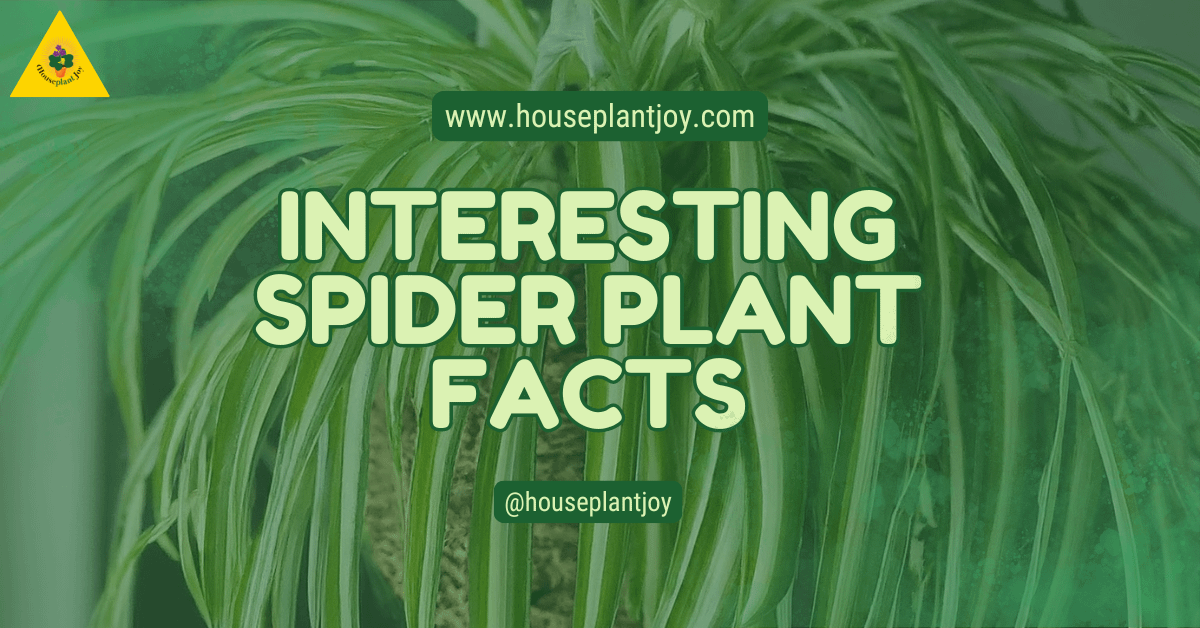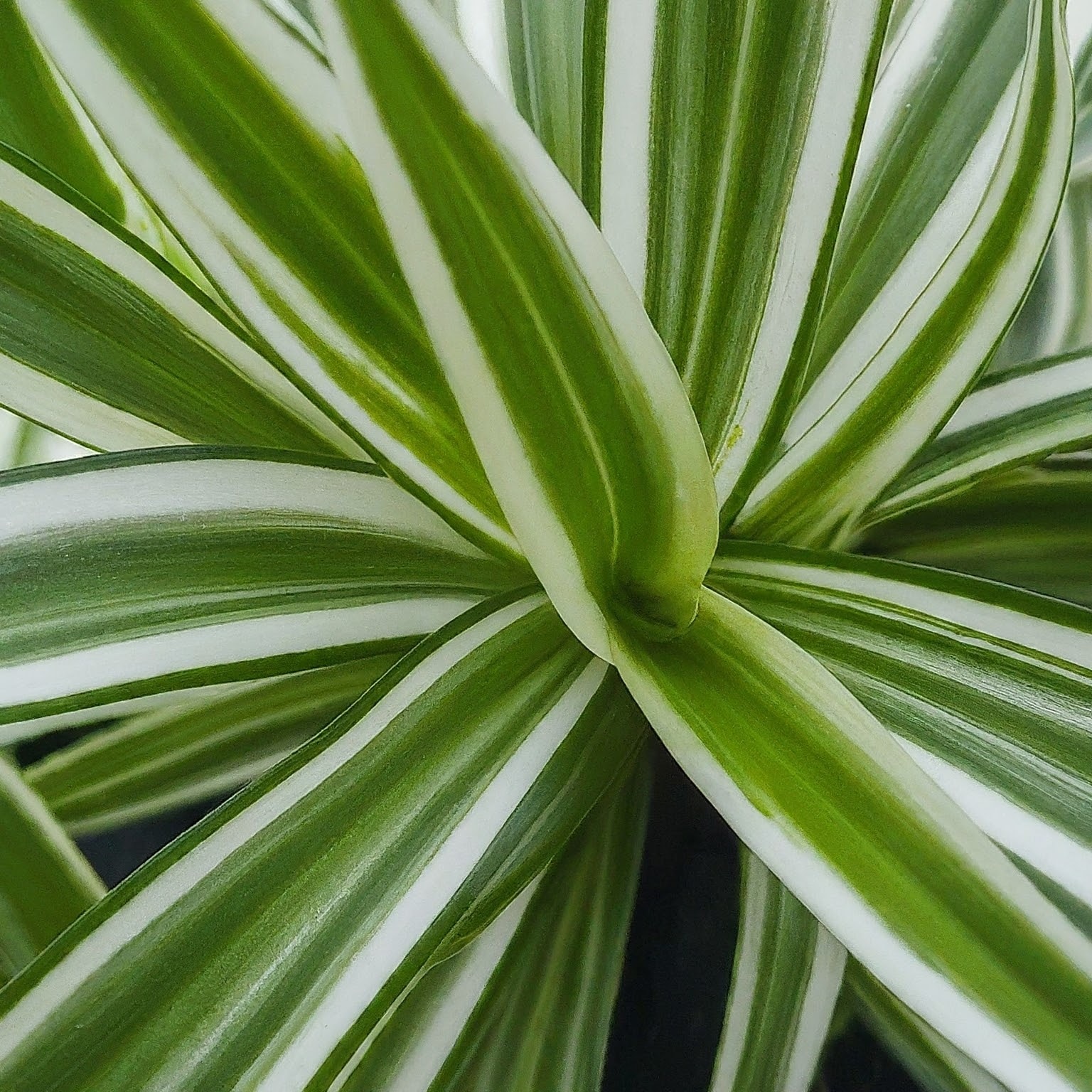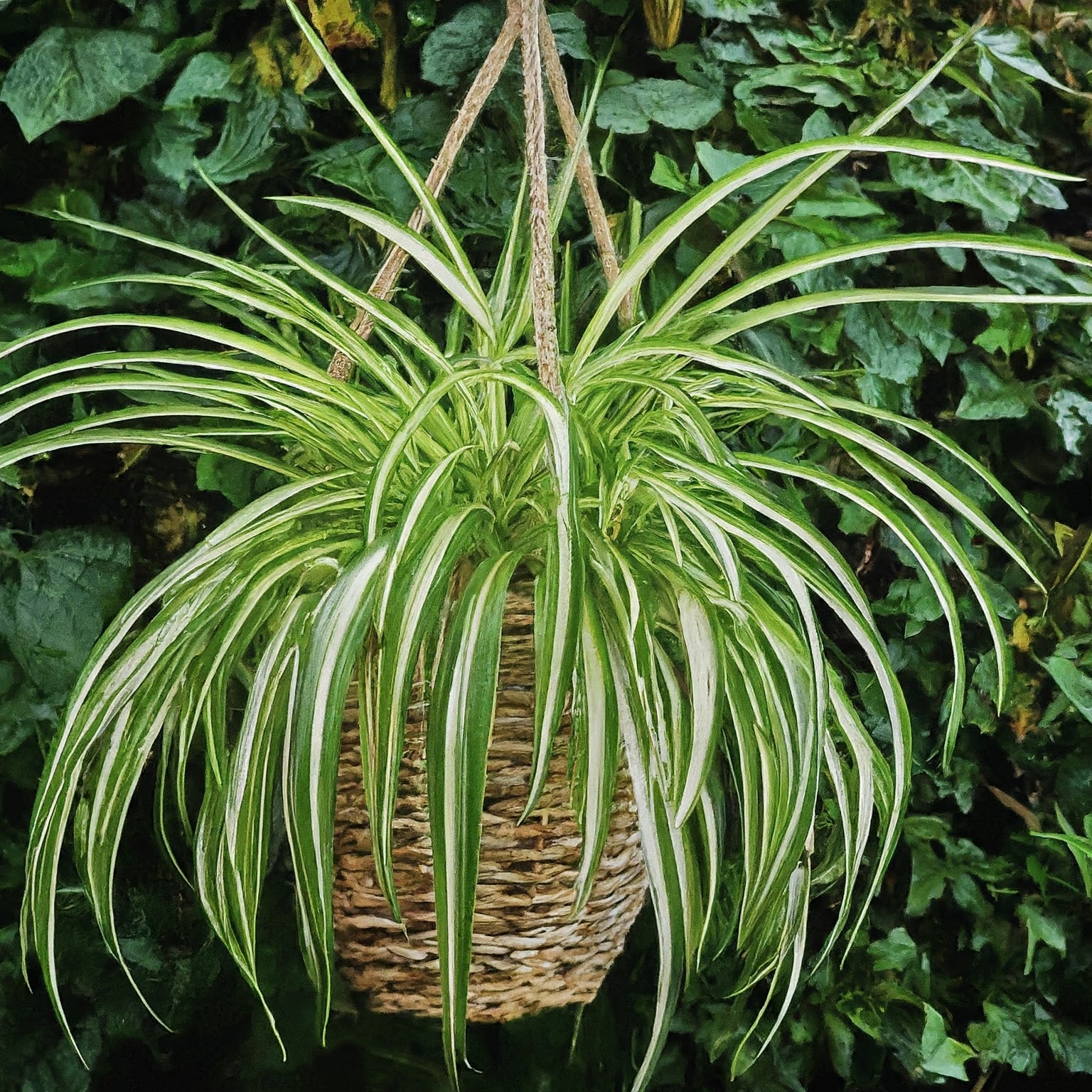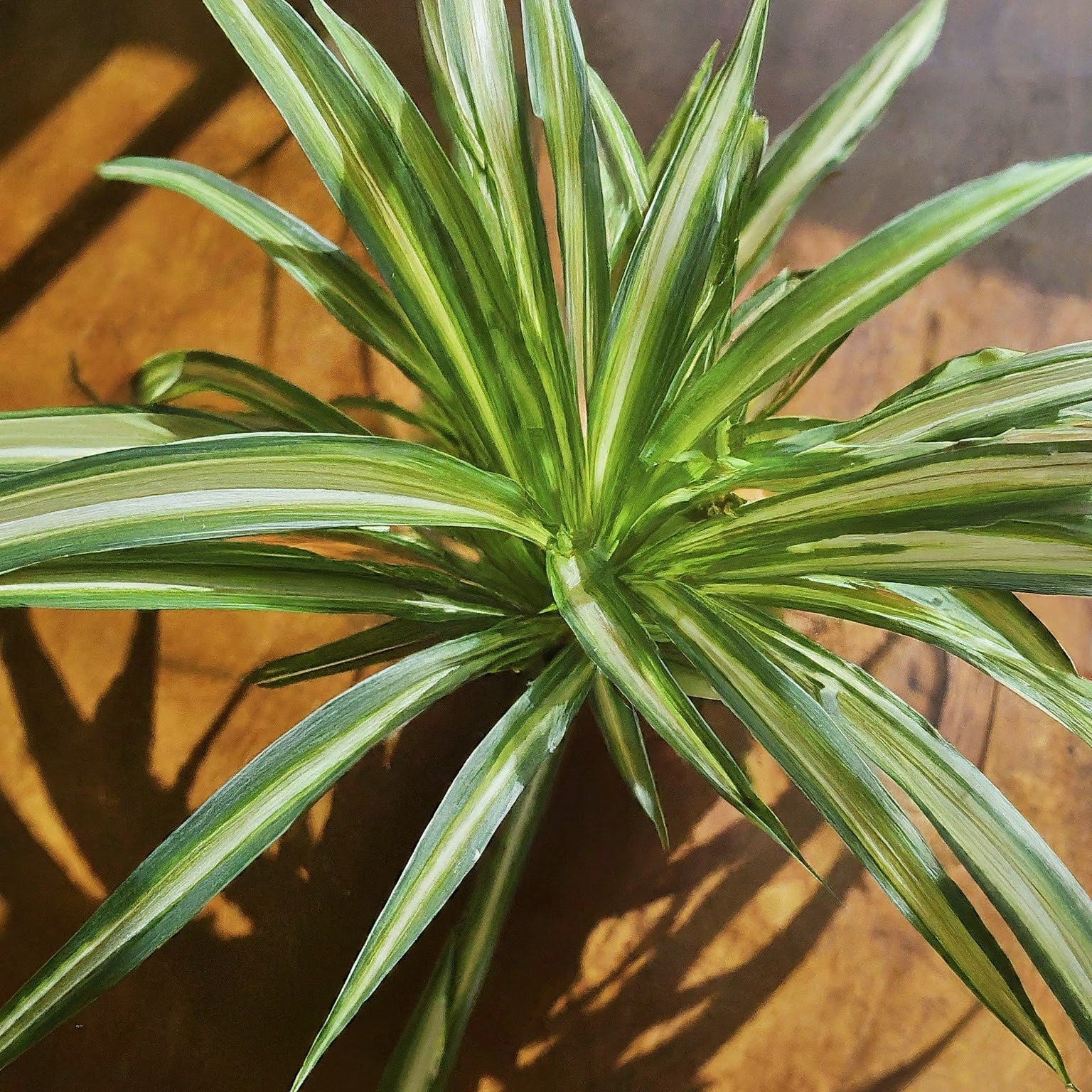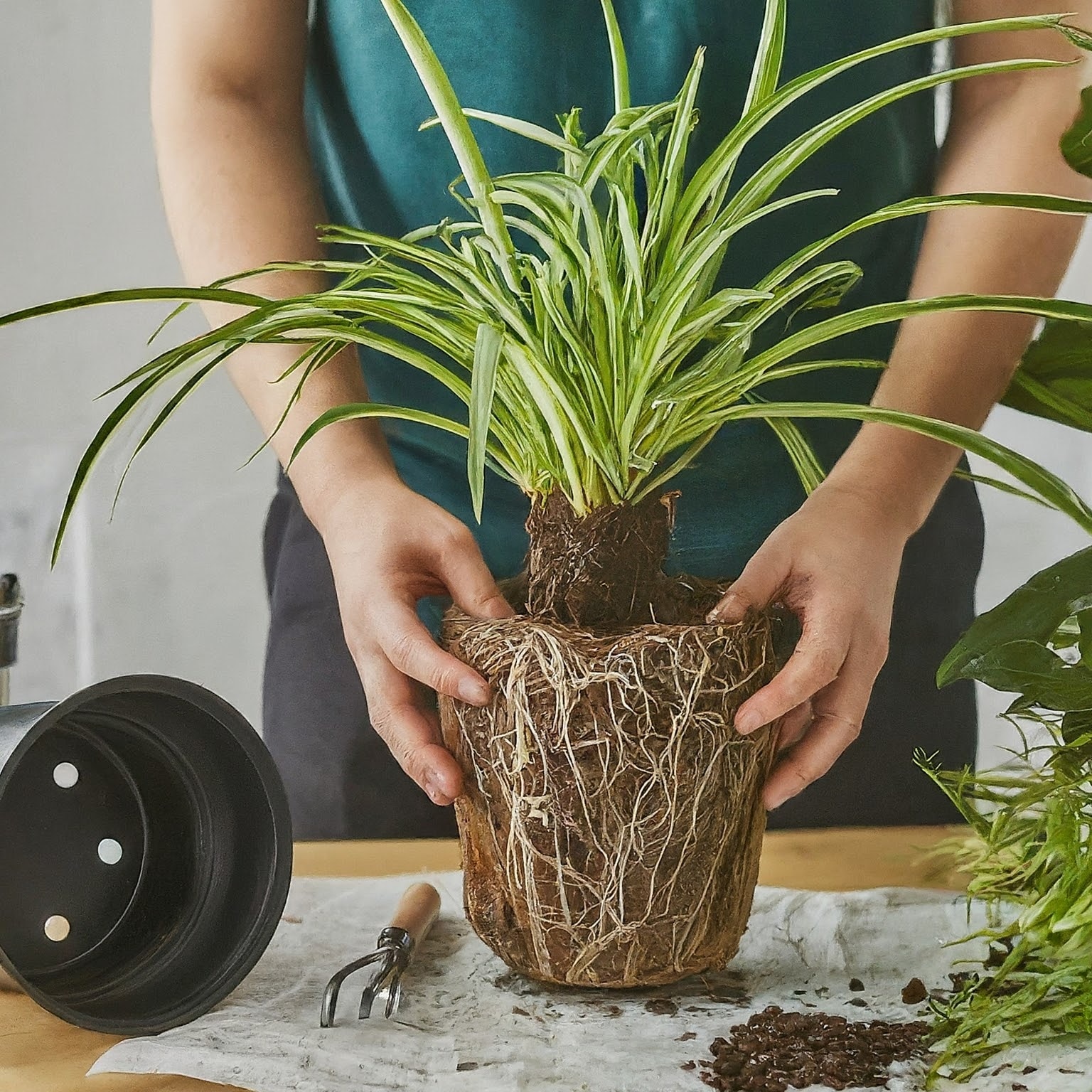HousePlantJoy is supported by our audience. When you purchase through one of our links, we may earn a small affiliate commission. As an Amazon Associate I earn from qualifying purchases. Your cost is not affected.
==================
Did you know that the spider plant is not just a decorative addition to your home but also a powerhouse of fascinating qualities? With its vibrant green leaves cascading gracefully, this popular houseplant holds a treasure trove of interesting spider plant facts that extend far beyond its appearance. From its ancient origins in Africa to its journey into households around the globe, the spider plant has woven itself into the fabric of indoor gardening culture. But there’s more to this resilient plant than meets the eye.
Surprising Facts About Spider Plants You Need to Know
Spider plants are amazing additions to any home, and with these Interesting Spider Plant Facts, you’ll love them even more. You’ll be impressed by how easy they are to care for and how quickly they grow. These plants, also known as airplane plants, have long, droopy leaves that make them perfect for hanging baskets or placing them on high shelves.
Spider plants thrive in bright, indirect light. They’re great at cleaning the air in your home, removing harmful chemicals, and producing fresh oxygen. With proper care, your spider plant can live for decades, constantly producing new “spiderettes” or baby plants. You can easily share these with friends or grow your collection.
Key Takeaways
- Spider plants are renowned for improving indoor air quality by removing harmful chemicals such as formaldehyde, benzene, and carbon monoxide. Their natural air-purifying properties make them valuable to any home, helping you breathe easier and live healthier.
- Known for their ease of care, spider plants thrive in bright, indirect light and can live for 20 to 50 years with proper attention. This makes them a low-maintenance choice and a long-term companion in your indoor garden.
- Spider plants produce “spiderettes,” or baby plants on long stems, which are easy to propagate. These spiderettes can be clipped and replanted to grow new spider plants, allowing you to expand your plant collection or share with friends effortlessly.
- With their long, arching leaves and various leaf types, spider plants are perfect for hanging baskets, high shelves, or tall plant stands. They come in different varieties, including plain green, striped, and curly, adding a versatile and decorative touch to any room.
What Spider Plants Look Like
Spider plants have long, thin leaves that droop down as they grow. This makes them perfect for hanging baskets or tall posts. The leaves can reach up to 3 feet long! These plants come in different varieties, including plain green, reverse, and varied.
Spider plants are famous for their “spiderettes” or “pups” – tiny new plants that grow on long stems. These baby plants dangle from the mother plant, giving it a unique look. You can easily spot the small roots growing from these spiderettes when they’re ready to be planted.
Light Needs
Spider plants thrive in bright, indirect light, making them a perfect addition to any indoor garden. For those interested in interesting spider plant facts, it’s worth noting that they need about 6-8 hours of light daily but should avoid direct sunlight. Place them near a window with a sheer curtain or back in a room to keep their leaves bright and colorful. This simple setup ensures they remain healthy and highlights their intriguing adaptability and charm.
Where to Put Your Plant
Hanging baskets are great for spider plants. Their long, droopy leaves look amazing, cascading down. You can also put them on tall posts or shelves. This shows off their shape and lets the leaves hang freely. Spider plants clean the air in your home.
They soak up harmful chemicals and give off fresh oxygen. Put them in rooms you use often to enjoy cleaner air. These plants can get big – up to 3 feet wide! Give them space to grow. If you want a smaller plant, trim the longer leaves. This keeps them full and bushy.
Health Perks and Cleaning the Air
Spider plants are more than just pretty decorations for your home. They work hard to clean the air you breathe. These helpful plants soak harmful chemicals like formaldehyde, xylene, benzene, and carbon monoxide. Like all plants, they also take in carbon dioxide and give off oxygen, helping to freshen the air in your space. Adding spider plants to your home can be a smart choice for your health. They’re part of what makes a home eco-friendly.
Proper light makes their colors brighter, making them even more eye-catching. You’ll be happy to know spider plants can live for 20 to 50 years with good care. This means you could enjoy their air-cleaning benefits for a long time. They can reach over 3 feet wide as they grow, with long, drooping leaves that look great in hanging baskets or on tall plant stands.
To Keep Your Spider Plant Healthy and Working Its Best:
- Give it bright, indirect light for 6-8 hours a day.
- Water it regularly, as they’re thirsty plants.
- Feed it with plant food to help it grow.
- Mist it often to keep the humidity up.
- Use filtered or rainwater if you can.
By taking good care of your spider plant, you also care for yourself. The cleaner air in your home can help you feel better and breathe easier.
Different Kinds
Spider plants come in many types, each offering its unique twist on the classic look. The classic green and white striped variety is common, but you can also find all-green or mostly white versions. Some have curly leaves, while others are straight. When exploring interesting spider plant facts, you might come across names like ‘Bonnie’, ‘Vittatum’, or ‘Variegatum’ while shopping for these versatile plants. Each type has its special look, allowing you to pick one that fits your style best.
Pretty Decorations
Spider plants are great for sprucing up your home. Their long, arching leaves make them perfect for hanging baskets. You can put them on high shelves, or tall plant stands to show off their cascading shape. These plants also work well in regular pots on tables or windowsills. Try using them as centerpieces or add some green to empty corners. Spider plants can even help divide spaces in open-plan rooms. Their ability to clean the air is a nice bonus, making your home look good and feel fresher too.
Making Baby Spider Plants
Spider plants are great at making new plants. They grow baby plants called spiderettes on long stems. These tiny plants hang down, looking like spiders on a web. When you see roots on a spiderette, you can cut them off with clean scissors. Plant it in the soil, and soon you’ll have a new spider plant. It’s easy to get more plants for free or share with friends.
Leaf Care and Size
Spider plant leaves can grow up to 3 feet long. If you want a smaller plant, you can trim the longer leaves. This helps keep the plant full and bushy. Cut brown tips off leaves to keep your plant looking nice. Brown tips can happen if you use tap water with chemicals. Try using rainwater or filtered water instead. Mist your plant often to keep it happy, especially in dry air. You can use a spray bottle or put it in the shower for a quick spritz.
When to Give Your Plant a New Home
Spider plants grow fast and may need a bigger pot every year or two. Look for signs it’s time to repot:
- Roots poking out of drainage holes.
- The plant looks too big for its pot.
- Water drains through very quickly.
- Growth slows down.
Steps for Moving to a Bigger Pot
- Pick a new pot 1-2 inches wider than the old one
- Get fresh potting mix
- Gently remove the plant from the old pot
- Loosen roots and shake off old soil
- Put some new soil in the bottom of the new pot
- Place plant in and fill around with soil
- Water well
You can also divide your plant when repotting, which is one of the many interesting spider plant facts to consider. Split it into 2-4 sections, each with roots, and pot up separately to make new plants. Remember to water more after repotting. The plant needs extra moisture to settle into its new home.
Embracing the Charm and Benefits of Spider Plants
Diving into the world of spider plants unveils a tapestry of remarkable traits and benefits beyond their aesthetic appeal. Originating from South Africa and revered in various cultures for their association with good luck and prosperity, spider plants offer more than just a touch of greenery. Their fascinating history and versatility have woven them into the fabric of indoor gardening, making them a cherished choice for plant enthusiasts everywhere.
The practical advantages of spider plants are equally compelling. Known for their air-purifying abilities, these plants excel at removing harmful chemicals from your home while releasing fresh oxygen. Their low-maintenance nature and ability to thrive in bright, indirect light make them an ideal option for beginners and experienced gardeners. Additionally, their longevity—living up to 50 years with proper care—ensures you can enjoy their benefits and beauty for decades.
Embracing these interesting spider plant facts enhances your indoor environment and adds a sense of accomplishment to your gardening endeavors. Whether you’re growing new spiderettes, enjoying their lush foliage, or simply appreciating their role in improving air quality, spider plants offer a rewarding experience. Adding one to your home is a step toward a healthier, more vibrant living space.
What Should I Do if My Spider Plant Has Brown Leaf Tips?
Is the Spider Plant Toxic?
How Often Should I Water My Spider Plant?
Become Part of Our Green Community
Come join us explore, share, and flourish with fellow plant enthusiasts!
Are you ready to elevate your plant care and enhance your gardening expertise? Whether you’re seeking to rejuvenate your indoor garden or discover new ideas, our dynamic community and expert insights are here to help you grow your passion for plants. Connect with us and take your plant journey to new heights!
Join us today! Follow Houseplant Joy on Facebook, Instagram, and Twitter for daily inspiration and a blooming good time!

